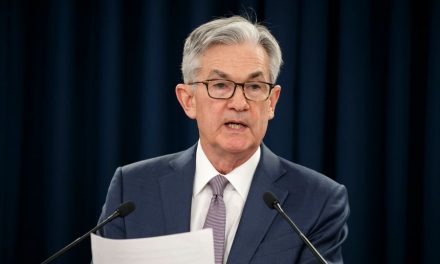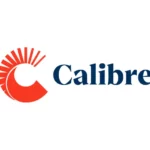Consumer prices in the US are currently at the highest they’ve been in nearly thirteen years as mass vaccination drives across the country have set the pace for the reopening of the economy.
According to the Labor Department’s report for the month of June 2021, the consumer price index was up by 5.4% compared to where it was at the same time in 2020. Likewise, the core price index – an indicator that usually excludes what is referred to as “volatile” expenditures like power and food – also went up by 4.5%. Economists note that the current consumer price index is the highest it has been since Q3-2008.
The consumer price index is, essentially, the key indicator of what consumers would pay for basic goods and services. However, the index also shows how much people will spend on dining, recreation, travel, and transportation.
While rising prices may understandably cause concern among the budget-conscious, these also reflect how the economy is bouncing back after prolonged closure due to the pandemic.
Keeping up with rising consumer demand
According to Regions Financial Corporation’s chief economist Richard F. Moody, prices are rising due to several factors, the most prominent of which is a sudden surge in demand for various products and commodities. Unfortunately, this has many businesses struggling to keep up.
Moody also said that the recovery in prices of travel (airfare and the cost of vehicular rental overland), hotel accommodations, entertainment, and leisure, all of which were adversely impacted by restrictions imposed to prevent the spread of COVID-19. Many economists have also pointed out that businesses are essentially normalizing prices to make up for the shortfall they experienced throughout the past year.
Prices up for transportation, etc.
Overall prices increased 3% in June relative to two years ago. In addition, prices have spiked at a 9.7% annualized rate within three months ending in June. Almost half of small businesses also reported increasing their prices in the same month. These price increases were propelled by the shortage in semiconductor chips and price increases in new and used cars, rentals and transportation services.
Transportation, in particular, has shown a marked increase in terms of vehicle prices and fare rates. The Labor Department has noted a steady rise in the price of used cars and trucks over the past three months. Indeed, prices were up by a surprising 10.5% at the end of the second quarter, possibly driven by the scarce supply of second-hand vehicles.
A sharp increase in air fare was also noted at the end of the quarter, what with airlines cashing in on the gradual reopening of the leisure travel sector.
Increased demand for such goods and services is far from the only thing that has caused inflation to go into overdrive. Price increases have also been pushed by the current labor shortage, particularly in the travel and food-and-beverage industries, and the ongoing difficulties regarding the procurement of raw materials due to ongoing restrictions on cross-border shipping.














